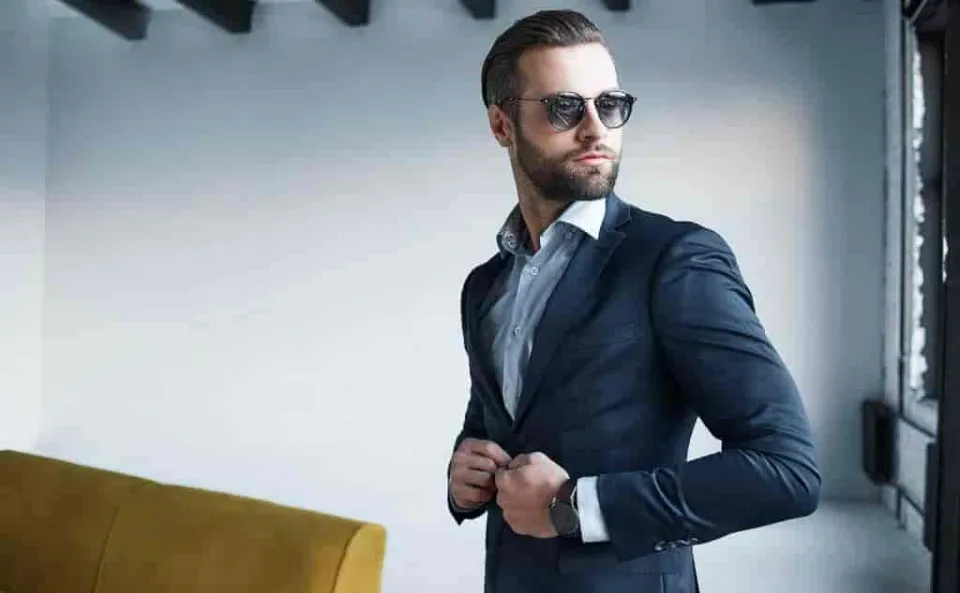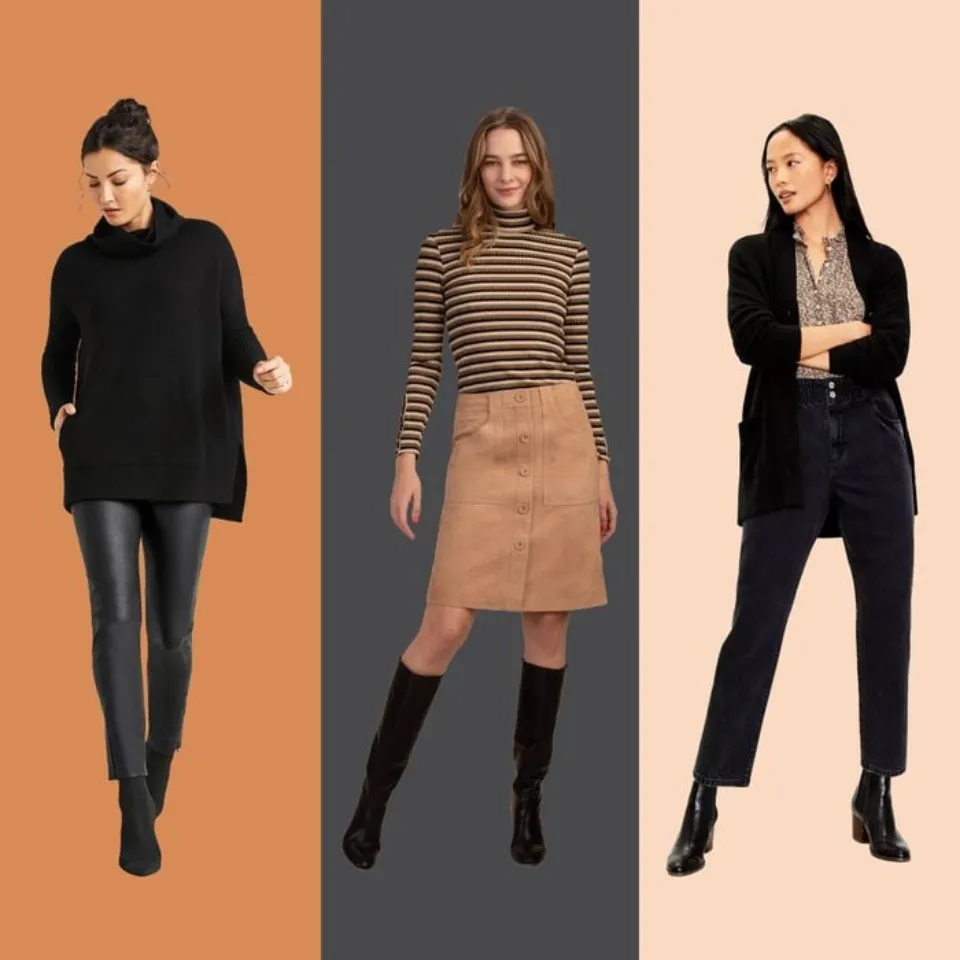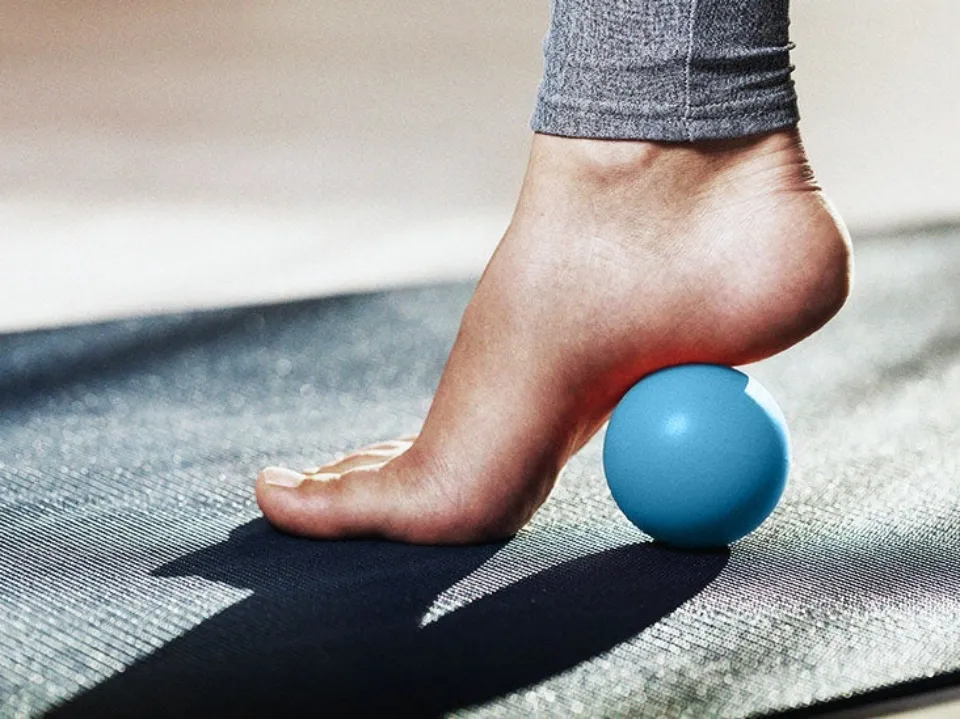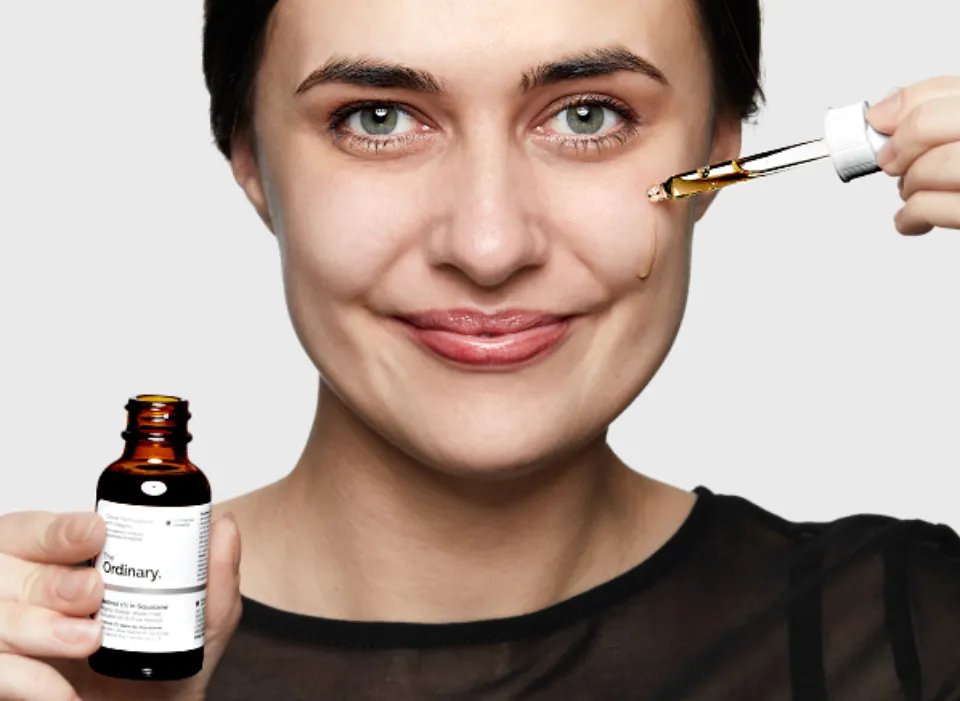Business casual attire can range from blazers and tops that are appropriate for the office to heels and button-down shirts in the ever-evolving world of office fashion. So what is business casual exactly?
Business casual attire is broadly defined as a code of dress that blends traditional business wear with a more relaxed style that’s still professional and appropriate for an office environment.
We define business casual clothing in this article and provide examples of appropriate business casual outfit ideas.
What is Business Casual?
Business casual refers to a less formal style of clothing than traditional business attire, but one that is still professional and offers a business-like impression.
Suits and ties are not required.
Noting what to avoid can help you better understand what business casual means. As a rule of thumb, you should not wear:
- Yoga pants
- Shorts
- T-Shirts
- Sweatshirts
- Short dresses/skirts
- Sneakers
- Slippers
- Bright-colored/flashy garments
The list provided above is not all-inclusive, but it conveys the concept.
Business casual is appropriate in all sectors, more often used in banking, insurance, consulting and legal (outside of the courtroom).
You Might Also Like:
- Are Jeans Business Casual?
- Are Polos Business Casual?
- Are Sandals Business Casual?
- Are Flannels Business Casual?
- Are Sneakers Business Casual?
- Are Sweaters Business Casual?
- Are Black Jeans Business Casual?
- Are Cargo Pants Business Casual?
- Are Corduroy Pants Business Casual?
What is Business Casual for Men?

The line between business casual and professional for men typically hinges on tie-or-no-tie. There is, however, a wide general range of what can and cannot be considered business casual because every office is unique.
So, from head to toe, there are still a few general rules that are important to mention.
Blazers and Jackets
A well-cut blazer or jacket can give your standard office attire an extra professional edge, though it isn’t always necessary.
If you are concerned that your button-down shirt by itself makes you appear too casual for the occasion and you have an important meeting or presentation, your jacket or blazer can be useful.
The safest bet is to stick with solid colors like grey, black, and blue and avoid any coats with patterns. For formal events like job interviews, it’s a good idea to keep a go-to blazer on hand.
Shirts
Men should wear a variety of collared shirts and long-sleeved button-downs. The most appropriate clothing is typically a long-sleeved collared shirt. The absence of a tie gives it a more relaxed appearance than a suit and tie, even though it might not feel like the most casual option.
As a backup option, short-sleeved polos or button-downs might also be appropriate for your office in warmer months, but be sure to observe others and consult HR if you’re unsure.
Sweaters
Sweaters or sweater vests are generally acceptable in offices. Stick to fine-knit sweaters that can be worn over button-down shirts or shirts with sleeves rolled up for one of the more traditional men’s business-casual looks. Chunky knit sweaters may be appropriate during the winter.
Nice Pants Or Slacks
While wearing dress slacks or chino pants (also known as khakis) will guarantee you’re well within your workplace’s dress code guidelines, some progressive offices allow for jeans.
A pair of khakis can be a particularly adaptable piece of clothing in a business casual ensemble because they work well with both formal and more informal shirts.
Try to stick with plain or neutral-colored pants like black, grey, tan, or dark-toned colors, though it may depend on how daring your office is. Avoid wearing brightly colored bottoms; neon yellow isn’t always the most appropriate color. Include a belt at all times in a similar neutral tone.
Shoes
Dress shoes or loafers are always appropriate. Stay away from sneakers and sandals. While there aren’t many color-related rules, try to keep everything looking as polished and professional as you can.
What is Business Casual for Women?

Women’s business casual attire can vary greatly depending on location, profession, office style, and time of the year. However, women’s standard business casual typically consists of the following wardrobe essentials.
To-the-Knee Skirts and Dresses
Dresses and skirts that are knee-length (or below) are always a safe bet when dressing for the job, although the length and tightness may vary depending on your specific office.
Do not wear skirts or dresses that are too low, too tight, or too dressy. Business casual doesn’t impose many limitations on color.
Blazers
Blazers are a classic professional staple that seem to be a universal component of a good dress code, and they are the standard for both men and women in the office. A variety of blazers in different colors, including black, grey, blue, and others, should be kept in your wardrobe.
While wearing a blazer in a vibrant color can be fun, make sure it can be worn with a variety of outfits.
Blouses and Button-Downs
A nicely fitted, flowy, and/or ironed blouse or button-down is always appropriate, though the specifics of what tops are appropriate depend largely on the individual office dress code (or the individual themselves).
Avoid using too many brand logos.
Pants
Dress pants, chinos, suit pants, or pants with wide legs are always appropriate. Jeans are acceptable in some offices, but you should first confirm with your workplace’s dress guidelines.
It can occasionally be appropriate to wear printed pants or bright colors, but it can still be useful to anticipate how the office will feel.
Shoes
Women’s business-casual attire is typically characterized by closed-toe heels, flats, or loafers.
It is up to the employee or job to decide on the specifics of the shoe (whether open-toed, stiletto, or other), but it is always a good idea to go with one of the options listed above (sandals and sneakers are typically frowned upon).
Business Casual Vs. Business Professional: What’s the Difference?
The distinction between business casual and business professional attire can be a significant source of misunderstanding for employees. Suits are usually the simplest way to describe the business professional standards for both men and women.
Men who are expected to conduct themselves in a businesslike manner should wear a suit, a white dress shirt, dress shoes, a belt, and a tie.
Many businesslike positions also call for tidy grooming. A tailored skirt and blazer, a knee-length dress, or a pantsuit set are typical examples of women’s business attire. Commonly preferred footwear includes closed-toed, low heels.
You typically don’t need to wear a full suit for a business-casual environment, even though the specific distinctions between business casual and business professional may depend more on your or your boss’s judgment.
Conclusion: What is Business Casual
Business casual sticks true to its name: it’s a blend of formal and informal wear. To dress in a business casual dress code, you’ll need to look professional and put together, but that doesn’t mean you need a suit.
Regardless of how casual your company is, certain clothing items, like ripped or wrinkled clothing, are never acceptable.
If you’re unsure, go with a more formal look rather than a more casual one.
FAQs
What Shoes Are Appropriate for Business Casual?
Shoes appropriate for business casual settings include loafers, canvas or leather lifestyle sneakers, mules, flats, Oxfords, boots, and heels.
What is Business Casual Dress Code?
Sport coats or casual blazers, collared shirts or button-down shirts, casual slacks like khakis or chinos, collared or noncollared blouses, dresses, or skirts are examples of common business casual attire.
Can I Wear Jeans for Business Casual?
When the dress code states business casual, you’re good to go with jeans.




